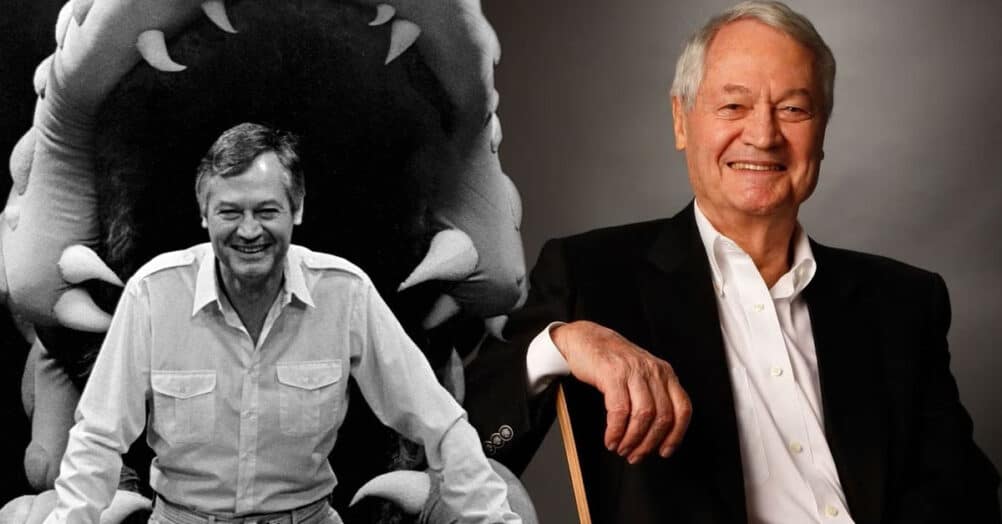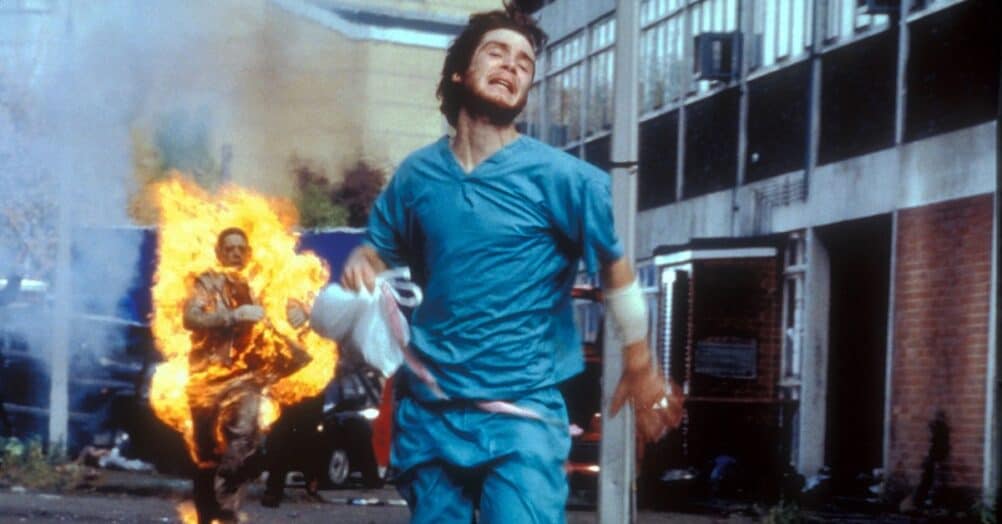
PLOT: A hopeless bureaucrat (Bill Nighy) working in post-war England discovers that he only has a few months to live.
REVIEW: It’s a pretty daring move to remake Akira Kurosawa, but director Oliver Hermanus and screenwriter Kazuo Ishiguro have done an excellent job translating the master’s Ikiru into a strong star vehicle for Bill Nighy. With Sony Classics having purchased the rights, expect a late fall roll-out to maximize Living’s Oscar chances, with Nighy an early front-runner for the big prize. Indeed, this is bound to be one of the highest-profile movies to emerge out of this year’s crop of Sundance films, which by and large have been quite good. They just perhaps haven’t had as obvious an awards hook as this one does.

Hewing fairly closely to Kurosawa’s original, Hermanus makes some interesting choices, opting to shoot in 1:33:1 and using a technicolor palette that changes according to the character’s mental state. For example, when Nighy’s Mr. Williams is living his humdrum, day-in/day-out existence in London, the color is washed out and desaturated. It’s only when he realizes that time is running out and obtains a sense of urgency that the color comes flooding back in.
Hermanus is a South African director who recently earned raves for his film Moffie and seems primed for a mainstream breakthrough with this. English bureaucracy and social hierarchy have been tackled by screenwriter Ishiguro before via his novels “The Remains of the Day” and “Never Let Me Go,” He manages to evoke the staid bureaucracy of a society that seems heartless. Nighy’s Mr. Williams, who’s dubbed Mr. Zombie by a subordinate, sleepwalks through his life, with his only tie to the world being his relationship with his son and daughter-in-law. Still, even they seem to have no natural affection for him and only want the inheritance his late wife left him.

Nighy evokes a lot of sympathy for this quiet, unassuming man who’s somewhat liberated by his diagnosis, which he calls over and over “a bore.” In a lengthy interlude, he drowns himself in booze and good times with a bohemian wastrel (the consistently excellent Tom Burke) as his guide only to realize he can still serve a purpose, by tacking a long ignored request by a group of mothers to change a dump into a playground.
Nighy’s Williams never entirely loses his stiff upper lip, and he’s convincing throughout. However, cracks begin to show when he befriends a former subordinate-turned-waitress, Margaret (Aimee Lou Wood), who attacks life with a verve he’s never known. As a young underling who seems on his way to becoming another Williams, Alex Sharp is important too, with the hope being he’ll learn from Williams and care, unlike his fellow bureaucrats who toe the line.
Following most of Kurosawa’s original beats, Living nonetheless is an inspired, beautifully done remake that’s appropriately bittersweet. It’s a showcase role for the often underrated Nighy, who rarely gets to be a lead but is a terrific, emphatic leading man when given a chance.




















Follow the JOBLO MOVIE NETWORK
Follow us on YOUTUBE
Follow ARROW IN THE HEAD
Follow AITH on YOUTUBE